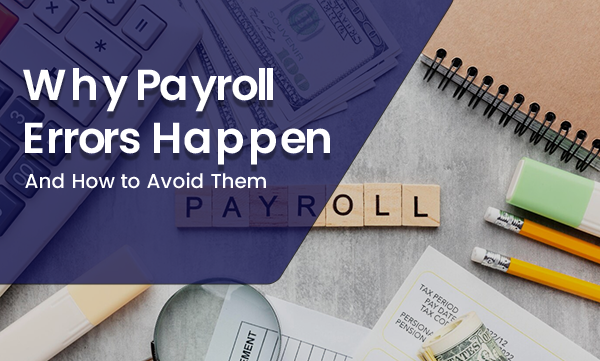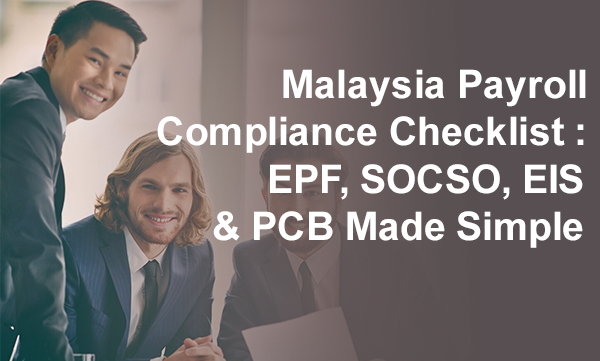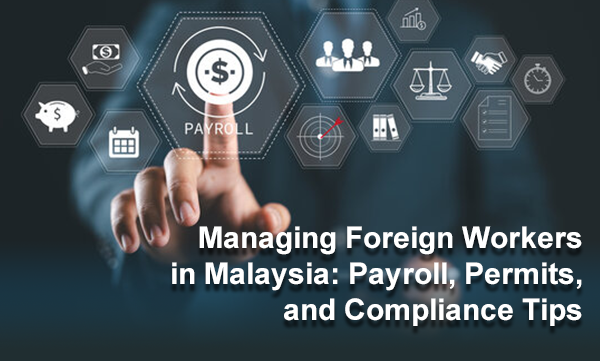
Why Payroll Errors Happen — And How to Avoid Them
So, why do these mistakes happen in the first place? And more importantly, how can businesses prevent them before they turn into bigger problems?
Let’s break down the key reasons payroll errors occur and what you can do to stay ahead.
Why Payroll Errors Happen — And How to Avoid Them
Payroll mistakes can feel small — until they’re not. One wrong number or missed update can lead to unpaid wages, unhappy employees, penalties, and unnecessary stress for businesses. Yet, payroll errors remain common across companies of all sizes.
Inaccurate Employee Data: The Root of Many Errors
A lot of payroll issues start with something as simple as incorrect or incomplete employee information. Whether it's a wrong bank account number, outdated tax status, or missing statutory details like EPF numbers, even minor inaccuracies can disrupt payroll processing.
This often happens when companies rely on manual data entry during onboarding or don’t have a proper system to update employee records when changes occur — like promotions, salary adjustments, or personal details.
The best way to avoid this is by ensuring employee data is collected and updated through integrated HR and payroll systems. Automating this flow reduces the chance of human error and ensures that payroll always runs on accurate information.
Missing Updates on Statutory Contributions
Malaysia’s payroll landscape isn’t static. Contribution rates for EPF, SOCSO, and EIS can change, as can tax policies under LHDN regulations. If payroll systems aren’t updated in line with these changes, businesses risk underpaying or overpaying statutory bodies — both of which can trigger fines or compliance issues.
One example is the periodic revision of EPF contribution rates, especially during economic stimulus periods or policy shifts. Employers who fail to stay informed often find themselves scrambling to make corrections after errors are flagged.
To stay compliant, businesses should monitor updates from official sources like EPF, PERKESO, and LHDN, or better yet, use payroll software that automatically applies statutory changes.
Errors in Calculating Overtime, Bonuses, and Allowances
Payroll isn’t just about base salaries. Overtime pay, shift allowances, commissions, and bonuses all add layers of complexity — and that’s where mistakes often creep in.
For example, under Malaysia’s Employment Act 1955, overtime must be calculated at a rate of 1.5 times the hourly rate for work beyond normal hours. Misapplying this formula, or forgetting to include allowances like transport or meal claims, can lead to employees being short-changed.
These errors are common in businesses that handle such calculations manually or use outdated spreadsheets. Automating variable pay calculations through a reliable payroll system ensures accuracy and saves hours of manual checking.
Manual Data Entry: Still the Biggest Risk
Despite advancements in payroll technology, many businesses still rely on manual processes to input timesheets, leave records, or deductions. Unfortunately, where there’s manual input, there’s room for human error — from simple typos to misreading figures.
A survey by Ernst & Young found that manual payroll processing can result in error rates as high as 1-8% of total payroll costs, depending on complexity. Over time, these small errors can cost businesses thousands in corrections, penalties, or even employee turnover due to dissatisfaction.
Switching to an integrated, automated payroll system drastically reduces these risks by eliminating repetitive manual tasks and ensuring data flows smoothly from attendance tracking to payslips.
Neglecting Regular Payroll Audits
Many companies assume that once payroll is processed, the job is done — until an employee raises a concern, or worse, a government audit reveals discrepancies.
Without routine internal audits, payroll errors can go unnoticed for months. This includes unnoticed miscalculations, duplicate payments, or missed deductions. By the time these errors surface, businesses may face back payments, fines, or reputational damage.
Implementing a regular payroll review process — monthly or quarterly — helps catch issues early. It’s also a good practice to reconcile payroll reports with bank transfers and statutory submissions to ensure everything aligns.
Final Thoughts: Prevention Is Better Than Correction
Payroll errors are often the result of small oversights, but their consequences can be significant. The good news is that most of these mistakes are preventable with the right systems, processes, and a proactive approach.
Automating payroll, staying informed about regulatory changes, and committing to regular audits are simple steps that can save businesses from costly errors and improve overall efficiency. Plus, accurate and timely payroll fosters trust and satisfaction among employees — a win for everyone.
Take Control of Your Payroll
If you're looking to eliminate payroll headaches, HR2eazy offers automated payroll solutions designed to keep your business compliant and error-free.
Book a free payroll health check today and discover how easy payroll can be when it’s done right.
Sources:
Employees Provident Fund (EPF) Malaysia
PERKESO (SOCSO) Contribution Guide
Employment Act 1955 – Overtime Regulations
Ernst & Young Global Payroll Insights


